

Cutting your technology spend when commodity prices are low may be a nail in the coffin for your crop’s yield potential and a forfeiture of the opportunity to save input costs with dialed-in, precise application. Foregoing technology under the duress of unfavorable commodity pricing may also create the perfect conditions for diseases and insects to thrive.
Arguably, seed and crop intelligence technologies are more important to maintaining profitability when commodity prices are low. Here are just a few of the reasons these technologies will keep your crop in the black.
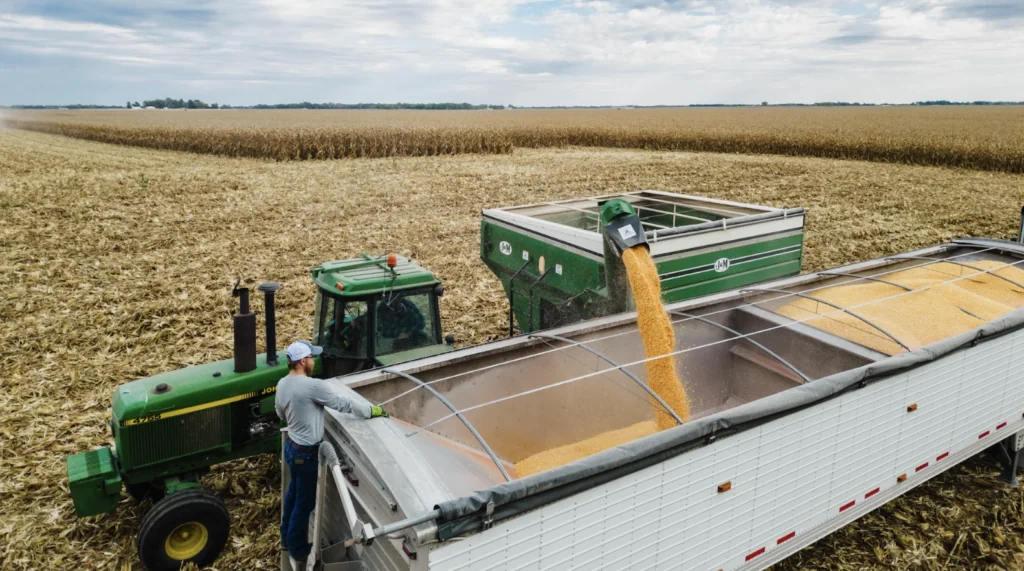
An important advancement in ag tech over the past few decades has been the seed technology growers need to increase crop yields. From the Roundup Ready® revolution of the 90s to the multi-stacked traits of the 2000s, seed technology creates the opportunity to do more – grow more – with less.
The revolution of the 2020s is the technology that protects your seed investment and poses the question: “If you’re investing in seed technology, can you afford to forego an investment in the crop intelligence that monitors the performance of every seed on every acre?”.
Taranis’ AI-powered crop intelligence provides detailed, leaf-level insights that validate and protect the investment you’ve made on seed and crop protection inputs by monitoring every acre in leaf-level detail.
So, what does this mean for the bottom line?
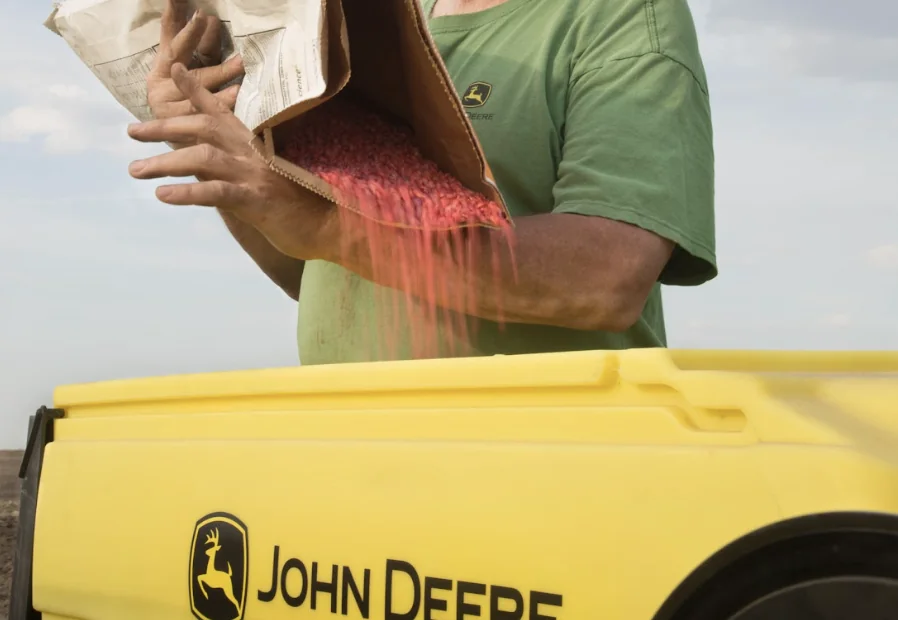
The goal of every production agriculture operation is to apply only what is needed where it’s needed. Taranis creates that opportunity and then refines it by delivering insights on every acre in near-real time. Taranis doesn’t only detect crop threats, the AI-powered technology identifies the cause-effect relationship and helps inform the discussion between growers and retailers.
What Taranis provides is information derived from real, relevant data. The information is delivered directly to a crop advisor and grower’s smartphone, tablet or desktop device via the Taranis dashboard, where a prescription can be made and mitigation can occur in minutes or hours rather than days, only where needed.
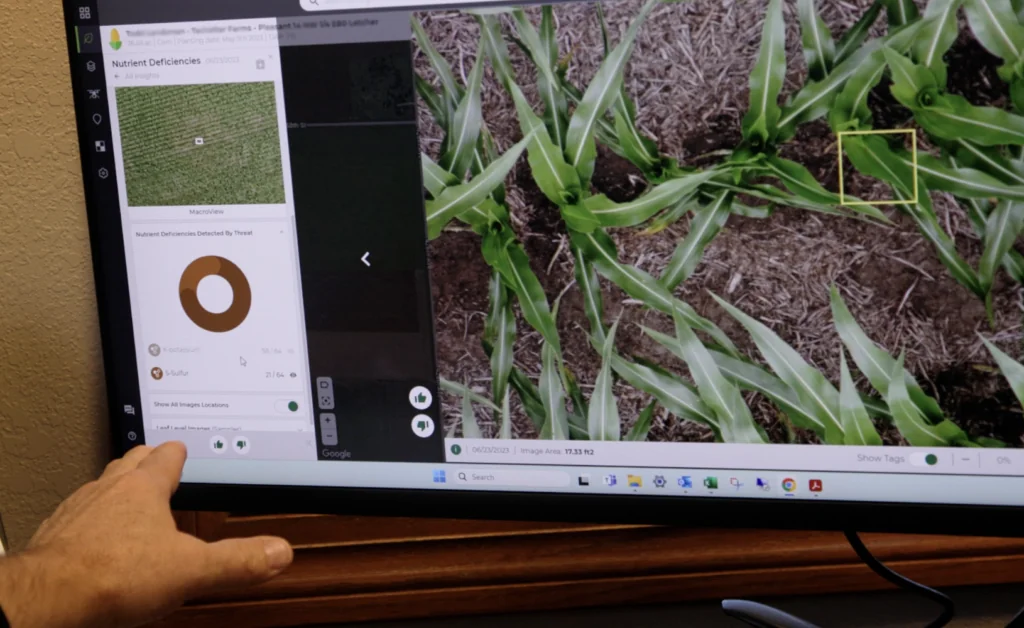
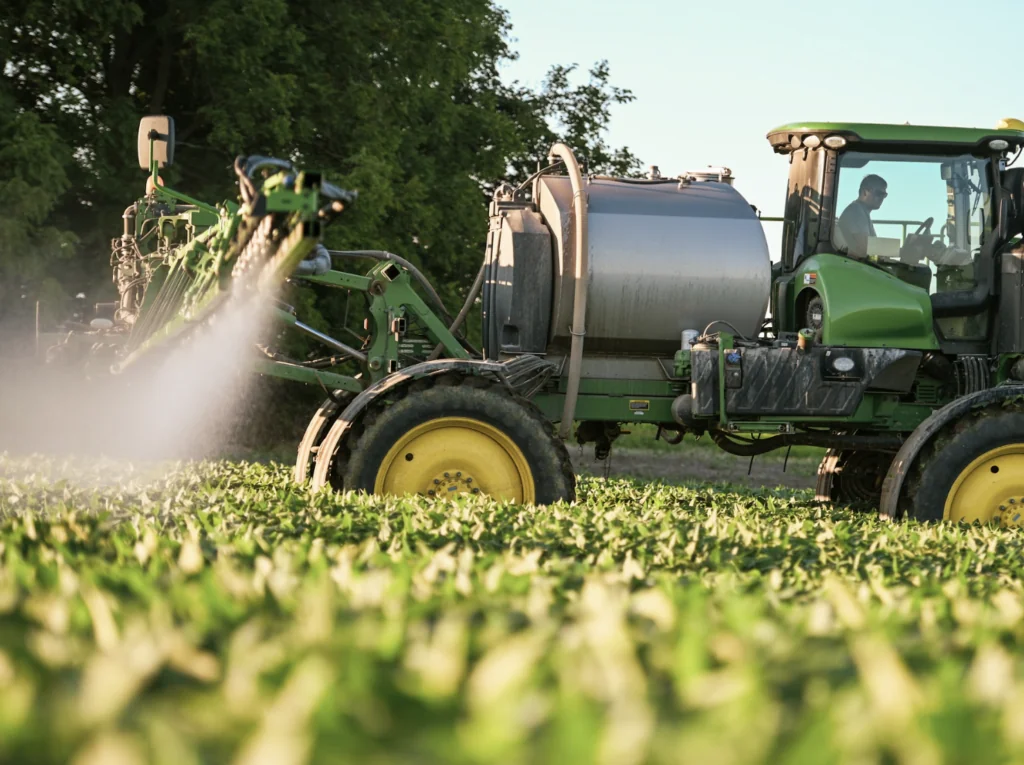
An investment in AI-powered crop intelligence is an investment in work-life balance.
You can’t be everywhere at once. Scouting every acre isn’t only impractical, it’s impossible. Traditional, boots-on-the-ground scouting is labor-intensive and time-consuming. Taranis reduces the time, labor and effort needed to monitor crop performance and threats, allowing a farmer or retail agronomist to ground-truth only the areas that need additional attention.
Taranis’ high-resolution imagery allows advisors and growers to prioritize fields that require immediate attention. Efficiency means that agronomists and growers can spend less time walking fields and more time making strategic decisions.
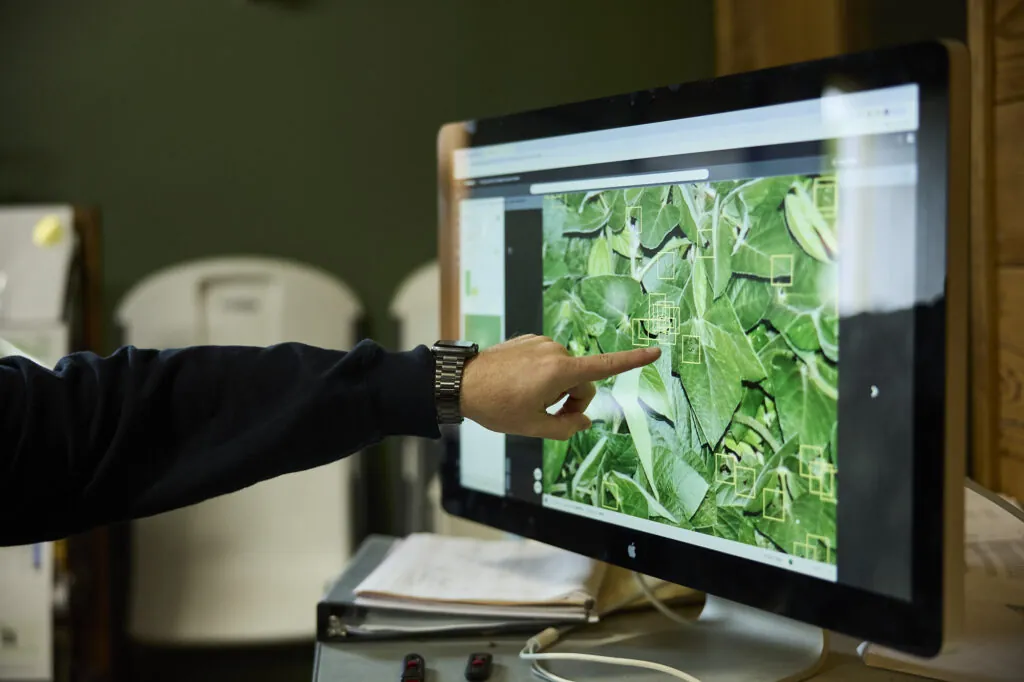
Crop success starts about six months before planting, when seed variety decisions are made. But not all varieties perform equally across our nation’s cropland. Taranis’ detailed record of every nuance within the growing season takes seed hybrid and variety validation to the next level. Emergence, stand count, early-season performance, all the way through the numbers on the yield monitor tell a story that helps make decisions for the next planting season.
With a library of more than 500 million leaf-level images, Taranis AI has learned to identify threats and the cause of those threats, making associated seed traits and product performance an easier deduction for ag retailers and growers.
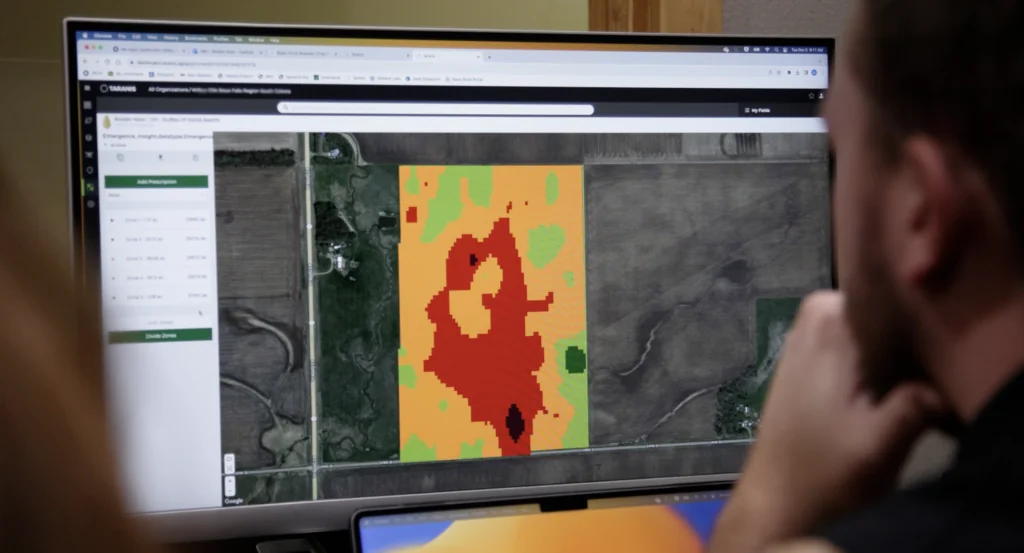
Technology is an investment that pays this season and beyond, in crop performance, future productivity and the real money earned from enrolling in climate-smart conservation programs through the USDA.
Both the Environmental Quality Incentives Program (EQIP) and Conservation Stewardship Program (CSP), along with other USDA/NRCS programs, will benefit from the employment of precision and digital agriculture. By incorporating Taranis, record keeping and product and practice validation will be unquestionable. The benefits of conservation practices can also be validated and measured for future decision-making and practice improvement.
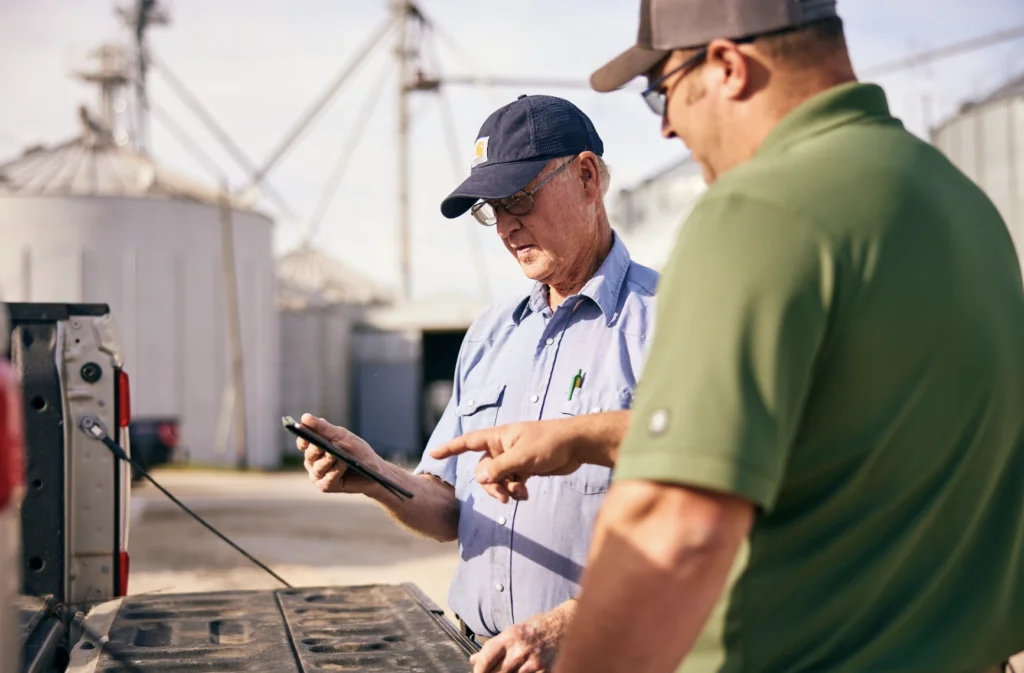
Cutting back on technology during periods of low commodity prices might seem like a cost-saving measure, but it can actually lead to higher costs, lower yields and missed financial opportunities in the long run. By leveraging seed technology backed and validated by AI-powered crop intelligence and precision scouting, growers can maximize their crop yield, reduce input costs, save time and labor, enhance decision-making, and improve long-term sustainability.
For more information on how Taranis can help offset low commodity prices, contact us or request a demo.
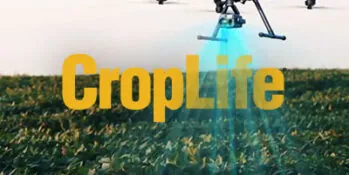
With an eye in the sky so powerful defoliation can be matched to the insect that caused it, Taranis’ AI-powered crop intelligence doesn’t just deliver data—the tool delivers insights, information, and, ultimately, action plans. Taranis’ value propositions have been nearly limitless, with operations finding ROI in having insights at their fingertips for accelerated decision-making.
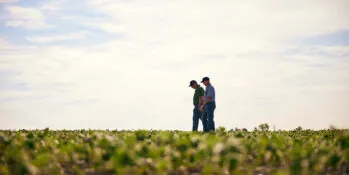
“The difference between crop scouting and crop intelligence can be related to having a basket of berries or having a baked berry pie, sliced and ready-to-eat on a plate in front of you,” says Mark Bradke, Iowa-based Taranis Regional Account Manager. “I would rather have the pie.”
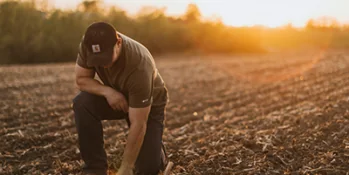
For Central Valley Ag’s (CVA)Trevor Cox and his team, those weeks through April and into the first half of May are where the rubber meets the road. Those weeks see the recommendations that led to on-farm decisions become reality. Those weeks launch #Grow24.